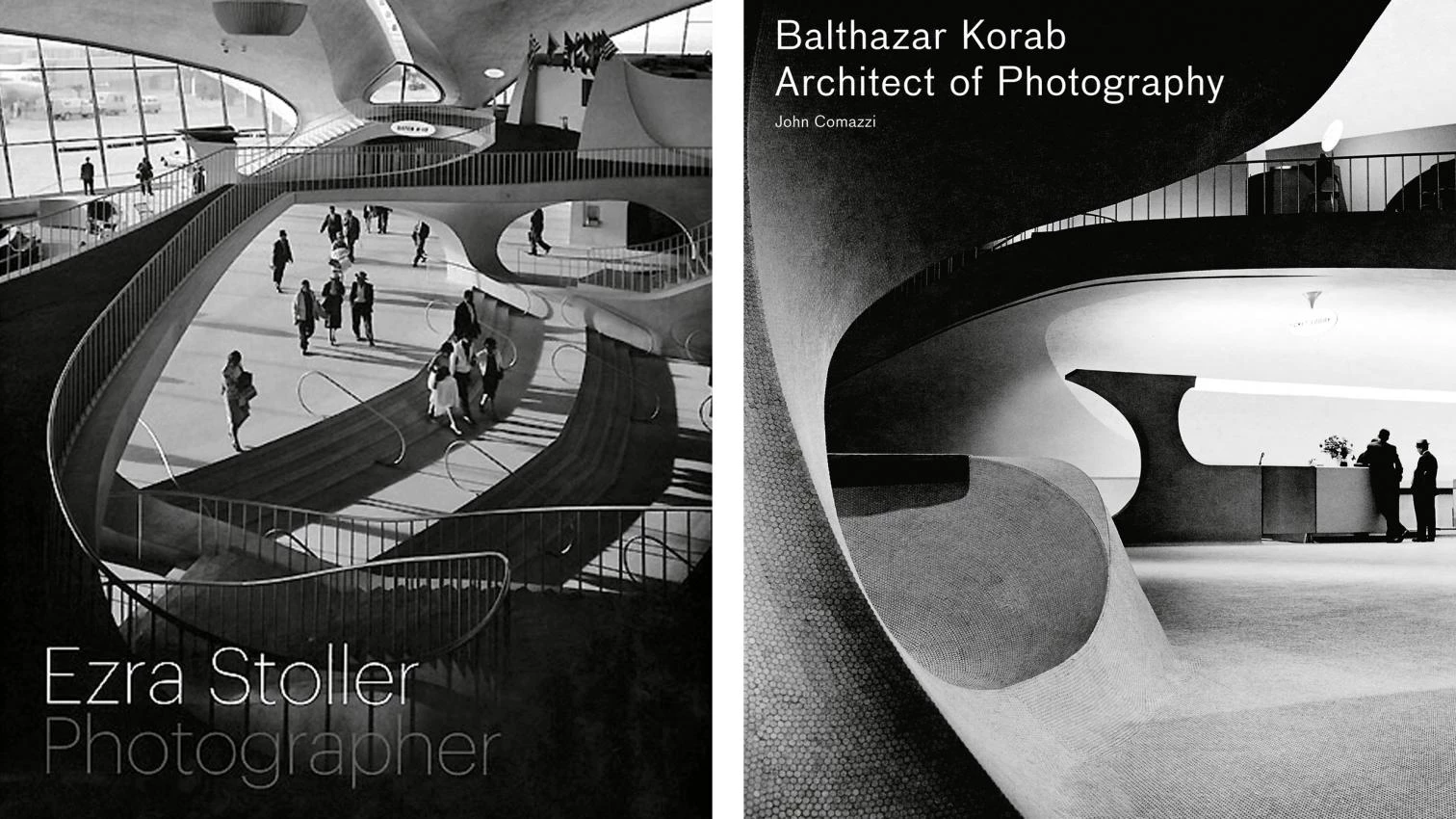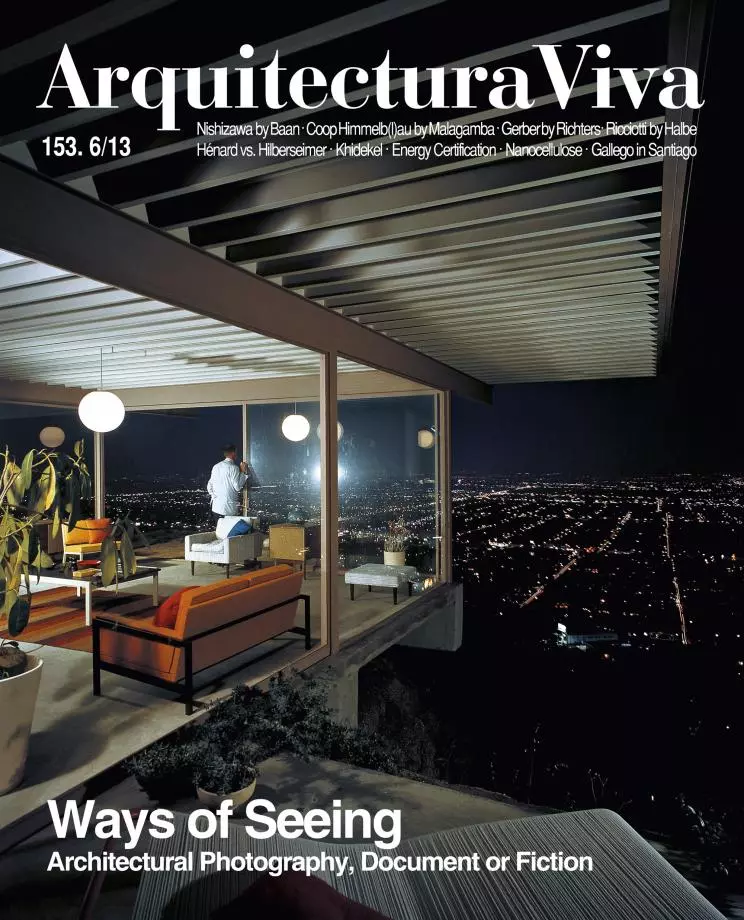
Two of the most important photographers in the dissemination of modern architecture were Ezra Stoller and Balthazar Korab. The parallelisms between their careers stem from their being contemporaries, from their prior training as architects, and from the fact that they went about their photographic work mainly in the United States. These two recently published books bring their oeuvre closer to us.
Ezra Stoller: Photographer is the definitive publication on history’s leading architectural photographer. Compared to the previous monograph on him, Modern Architecture: Photographs by Ezra Stoller, this one offers a comprehensive view of his work, expanding his facet as a photographer of architecture by throwing light on the part of him that was also an exceptional photographer of factories, machinery and industrial processes.
The book’s authors are Erica Stoller, director of ESTO – the architectural photography agency that her father founded in 1966 –, and the historian Nina Rappaport. Through articles and heretofore unpublished or rarely printed photos, it takes up aspects of Ezra Stoller’s work not previously addressed. While Erica Stoller presents the most personal Ezra through a biography full of fond memories, Nina Rappaport contextualizes industrial photography of the period to later delve into Stoller’s examples and innovations. Besides other articles, the volume includes a portfolio of carefully reproduced images, as well as a description of the evolution, through the years, of Stoller’s photographic equipment, giving us a look at the makes and models of the cameras, lenses, lights and films he used in the course of a career lasting over fifty years.
Balthazar Korab, Architect of Photography is the first monograph on the Hungarian-born photographer. After extensive research and interviews with Balthazar himself, relatives and colleagues, John Comazzi explains how Korab trained as a photographer after his flight from Hungary during World War ii, his stint in Paris working in Le Corbusier’s studio, and his definitive settling in the USA.
Unlike Stoller, Korab practiced as an architect for a time, working with Eero Saarinen. With Saarinen he eventually became studio photographer. Comazzi discusses the importance of photography in the development of the TWA terminal project: the process involved the making of large models that Korab photographed repeatedly to later retouch them and apply realistic textures and other effects. Photography thus became a tool in experimentation and an instrument for explaining designs to clients and magazines.
The books throw light on the life and work of two great artists. Stoller comes across as a photographer of modernity who goes beyond architecture to embrace industrialization, Korab as an intuitive and experimental but also empirical photographer who collaborated in developing projects. Two masters who are references in the dissemination of modern architecture.







